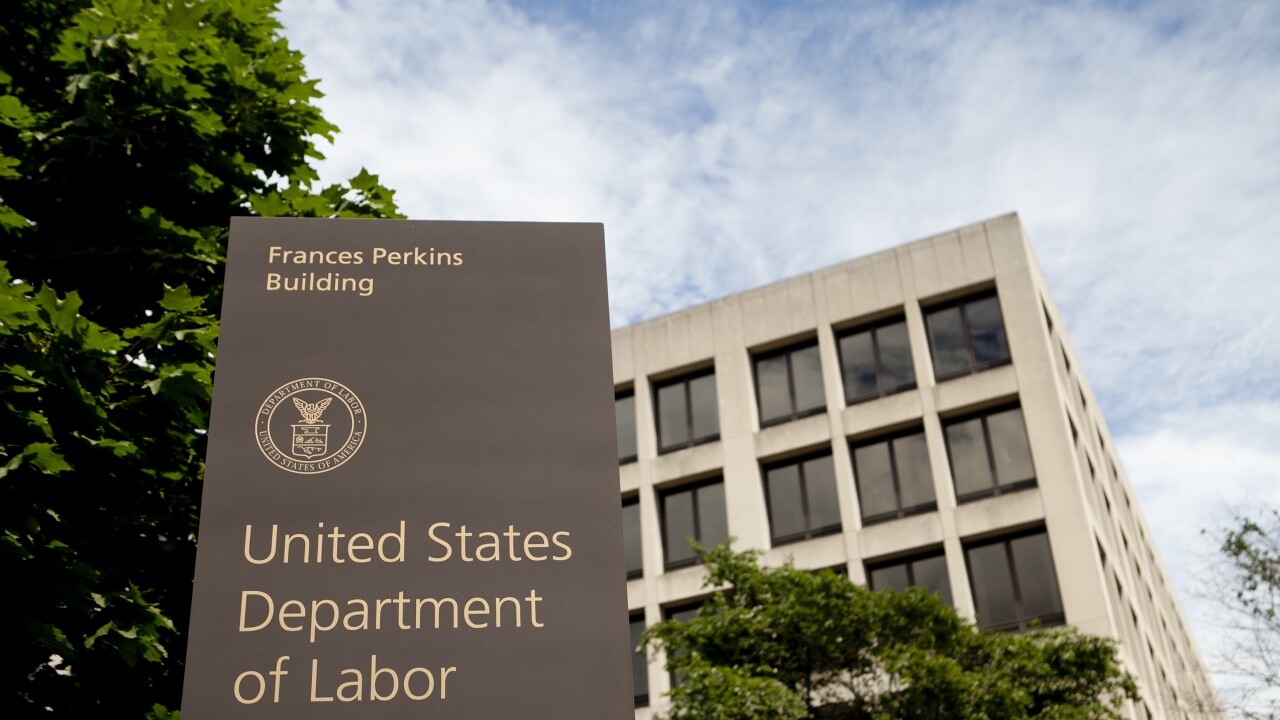Sunday afternoon proved to be anything but sleepy as the American Institute of CPAs Fall Meeting of Council kicked off the first day with a lively discussion among members of the Blue Ribbon Panel on Standard Setting for Private Companies.
Earlier this month, a majority of that panels members voted in favor of establishing a separate standard-setting board for private company accounting. Robert Harris, outgoing AICPA chair, moderated the panel, which included AICPA president Barry Melancon, National Association of State Boards of Accountancy chairman Billy Atkinson, Private Company Financial Reporting Committee chair Judy ODell, Reasors Holding Company CFO Daryl Buck, and Lattimore Black Morgan & Cain managing partner David Morgan.
The new board proposed by the panel would not create a whole new set of accounting standards, but instead come at the project with an on-off switch mentality. It would keep what works in the FASB standards, but tweak them as necessary from a private company perspective.
Particular standards that have stakeholders concerned are FIN 48 on Accounting for Uncertainty in Income Taxes, FIN 46R on Consolidation of Variable Interest Entities, and other standards relating to goodwill impairment and fair value.
I think it was agreed that you have to work through a system that works smoothly and is not going to be too disruptive, Melancon said.
ODell said there was a feeling among panel members that there should be a separate body of GAAP to address the needs of private companies yet an acknowledgement of not wanting to deviate from what has been called the gold standard.
GAAP is broken as it relates to private companies and private entities, Atkinson said. That was clearly the viewpoint that came across in the first four meetings of the Blue Ribbon Panel. The problem, for a majority of us, is more with the FASB. They have seemingly forgotten that their goal is to provide useful accounting standards. Can we change the complexity of the existing FASB or do we create a new one, and what are the risks?
Both Buck and Morgan commented on the importance of expediency in the process. I think most of the panel felt there needs to be some meaningful change in the short term, Buck said.
ODell, who has served four years as chair of the Private Company Financial Reporting Committee, a joint committee of FASB and the AICPA, admitted that when her committee was set up, recommendations were supposed to be seriously considered by FASB, something that she said has not happened.
Since the announcement of the Blue Ribbon Panel, I have seen amazing reactions from FASB, ODell said, adding that the board now takes into consideration the private company perspective in their standard projects. A FASB member also now sits in on Blue Ribbon Panel meetings. What we set up four years ago is not the answer, she added.
Atkinson said the Financial Accounting Foundation has been asleep at the wheel.
Morgan said he had supported a separate board from the beginning. When you look at their experience, they just dont have knowledge of private company needs, he said, pointing to FASBs new acting chair, Leslie Seidman, and new board member Russ Golden from Deloitte. They dont understand. These people are great standard setters for public companies, whose needs are very different from private companies. The users of private companies are greatly different; therefore its reasonable to have different standards. But you cant do that effectively when the people setting them have one frame of reference.
Panelists urged AICPA members to get involved and talk to their clients about responding via comment letters.
We are closer than ever before to having differential standards for private companies and a different board to set those standards, but it will take state societies to educate CPAs to go back into those communities and talk to their clients, Melancon said. Its going to really have to start out with the people in this room to get firms involved, get clients involved, get bankers involved.





